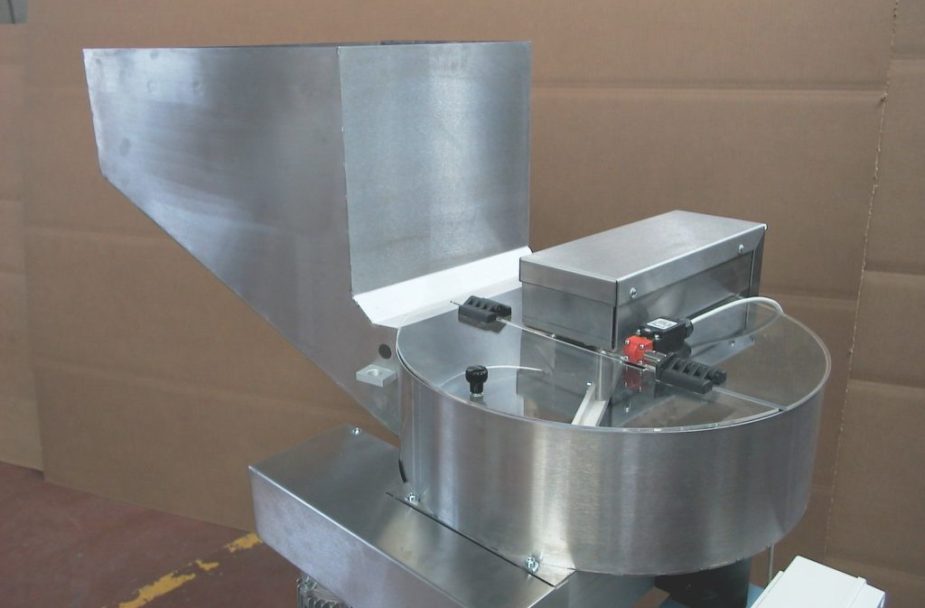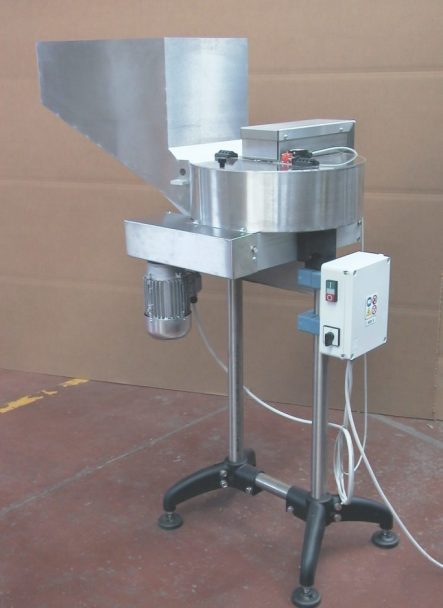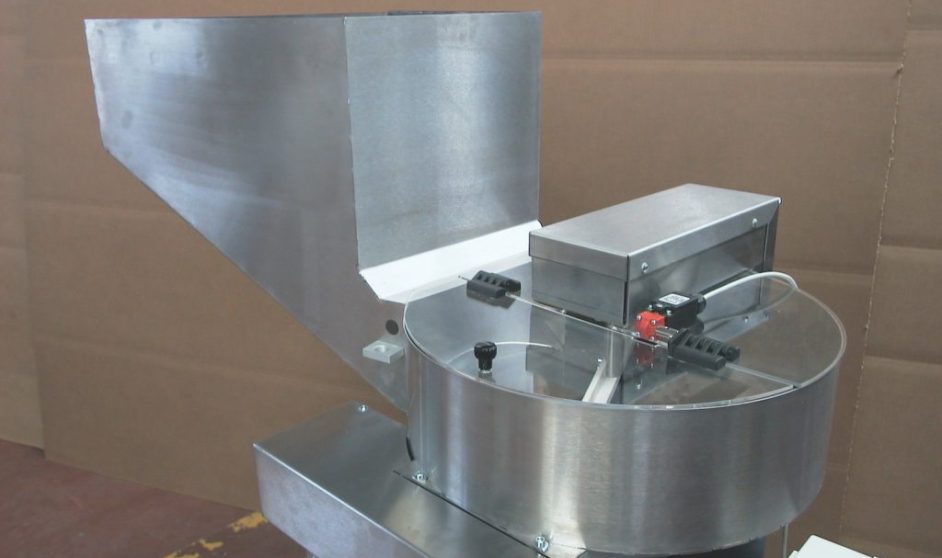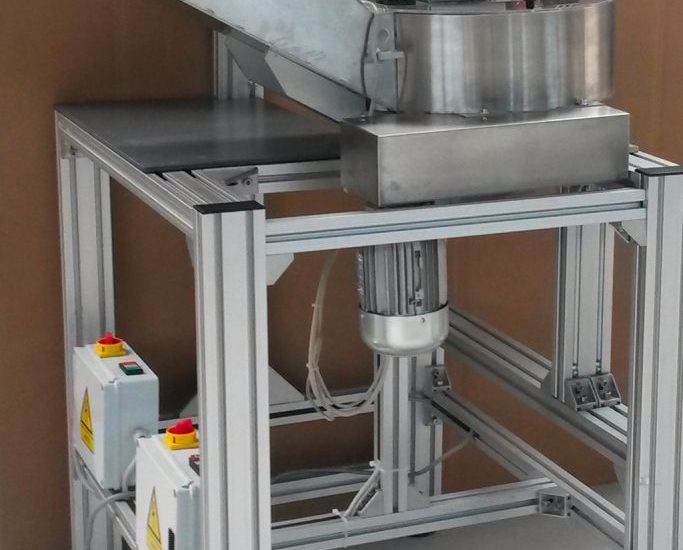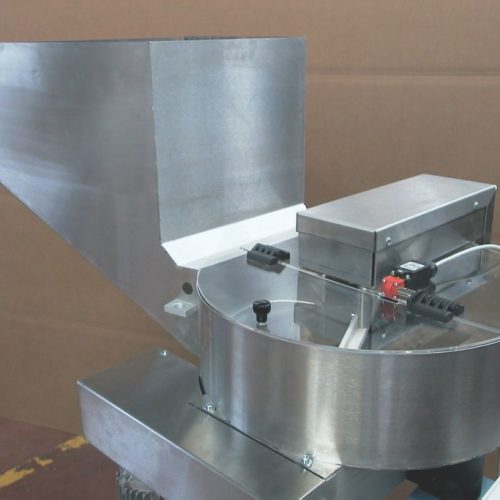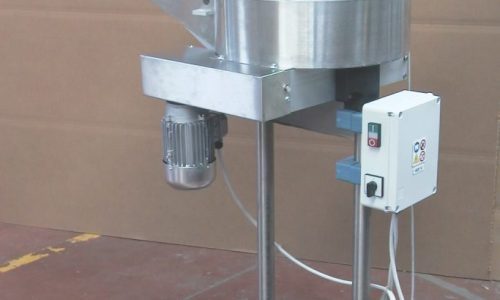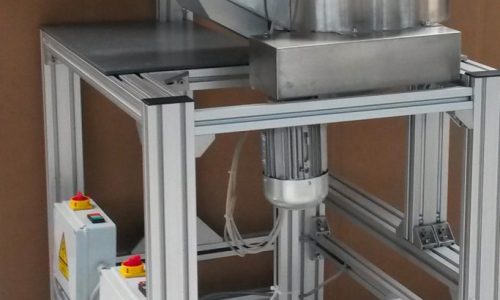SORT-R
Generalities
It is a plastic cap orienter that operates sorting by means of roller brushes. In its simplest configuration it is very well suited to low flow rates, on the order of 100-300 caps/min.
Caps are loaded directly into the hopper without elevator, and come out on a row already oriented. Very simple size change, which is achieved by varying the brush spacing.
Videos and images
GALLERY
Do you want to request an offer?
Are you interested in receiving more information and being contacted by one of our specialized operators?
Request your offer now

Do you want to request an offer?
Are you interested in receiving more information and being contacted by one of our specialized operators?
Request your offer now
Frequently asked questions
Toggle title
These are machines that use technical brushes in their production process.
What are the main types of brush machines?
Dedusters, orienters, elevators, conveyors.
What are the advantages of this type of machine?
Industrial brushes are characterized by great adaptability to surfaces, great flexibility of use, and virtually unlimited variety of shapes and hardness. Therefore, the use of brushes in machines succeeds in being very efficient in many industrial processes.
In particular, dust collectors with brushes are more efficient than traditional non-contact dust collectors, while in the case of orienters, brushes replace other techniques (compressed air, vibration, etc.) managing to treat parts with low energy consumption, gently and quietly. The small footprint is another important advantage.
Can the brushes contained in the machines cause product contamination through filament loss?
It can happen only if the brush is damaged due to an unforeseeable cause, such as a defective product that enters the machine and gets stuck in the brush destroying it, as on the other hand can happen with any other type of part in the machine. It should be mentioned that the same type of brush is currently used in pharmaceuticals and food without any problems.
Are your machines economically competitive?
Speaking of dust collectors, they are definitely cheaper than the main competitors.
As far as the orienters are concerned, they are aligned, but when looking at energy and space savings they are also more advantageous.
How often should the brushes be replaced?
There is no one answer, as this time depends on many factors, such as product speed, materials, pressure, shifts, etc. As a broad indication, it can be said that a set of brushes can last between one and two years, sometimes longer.

